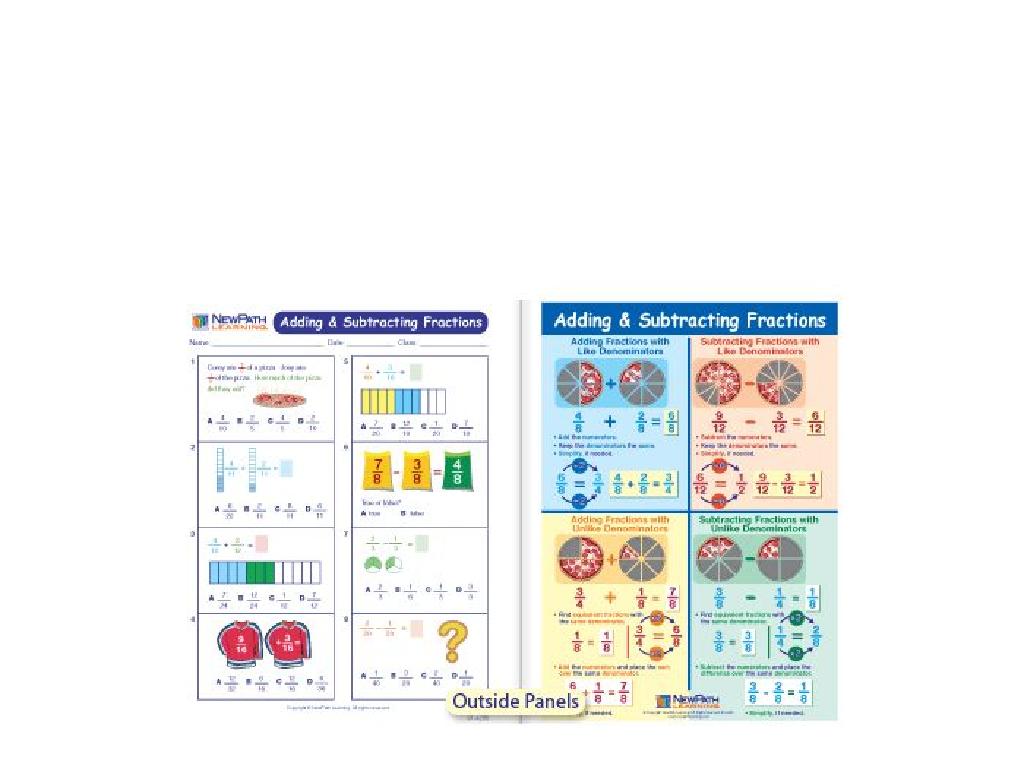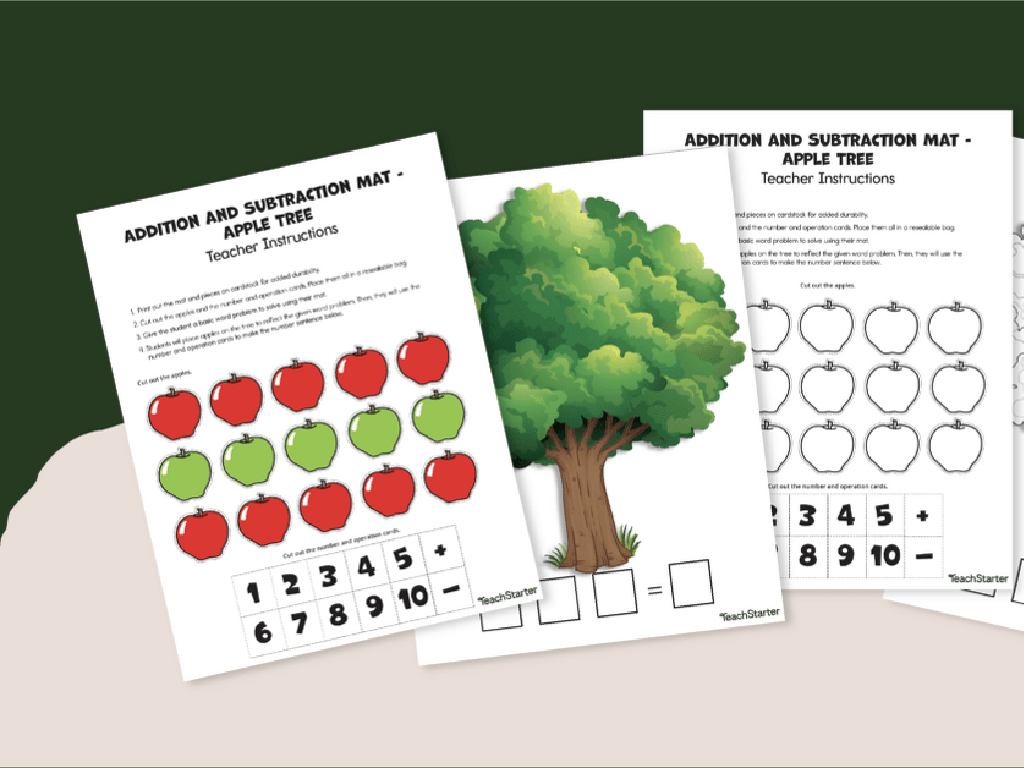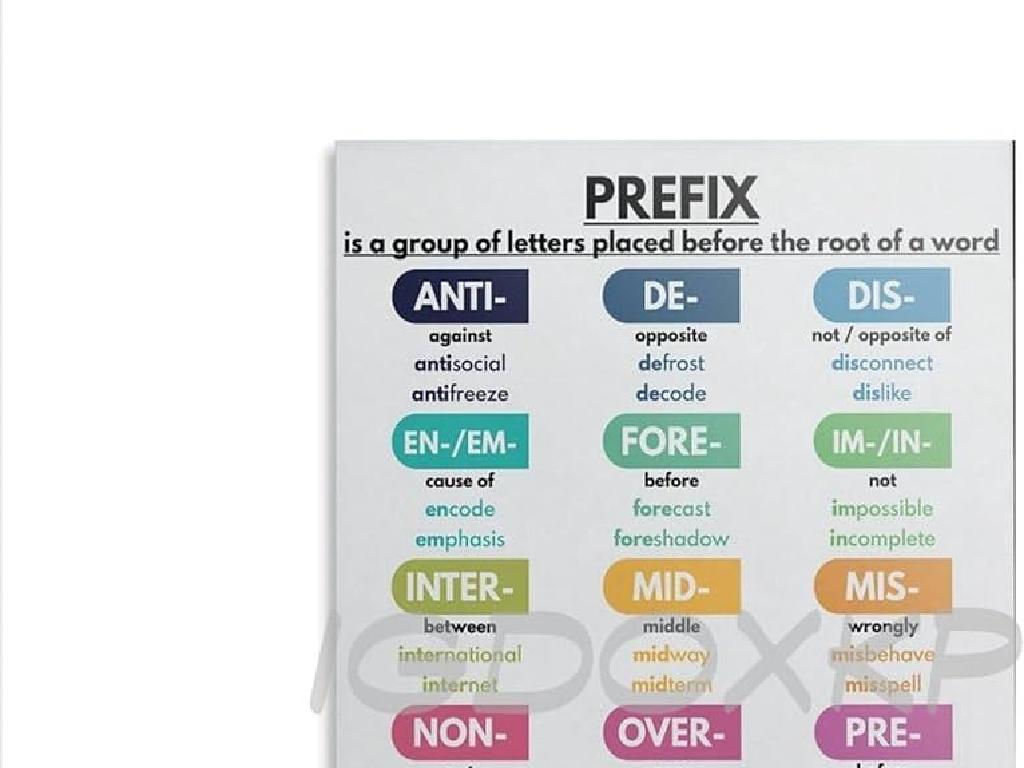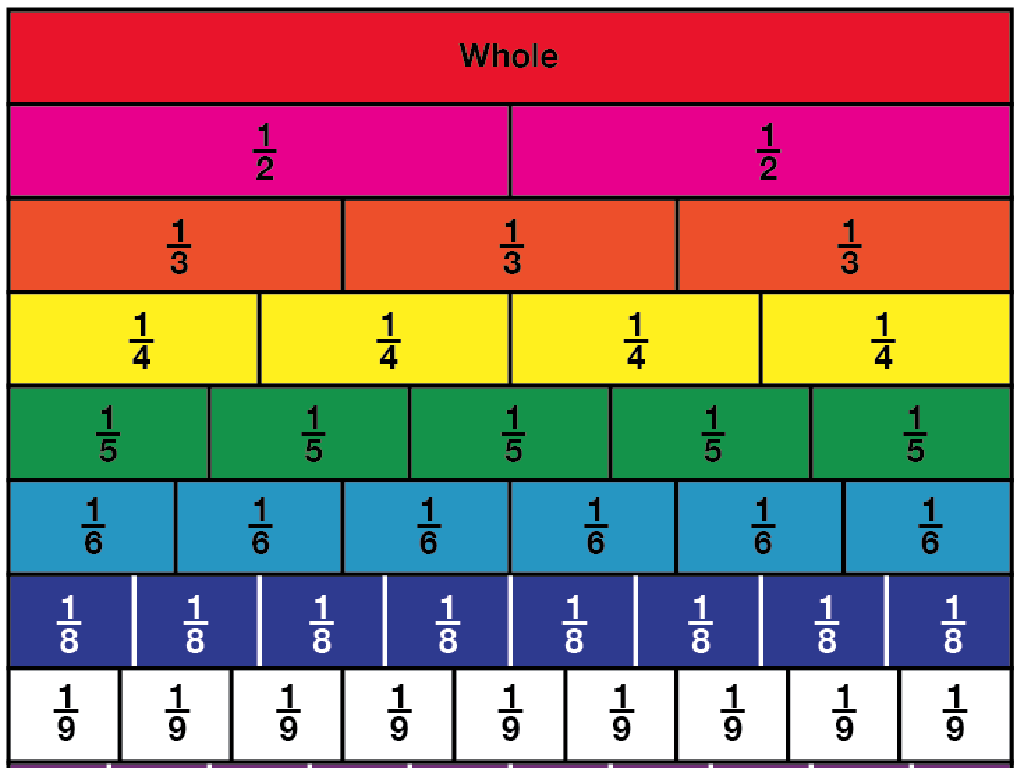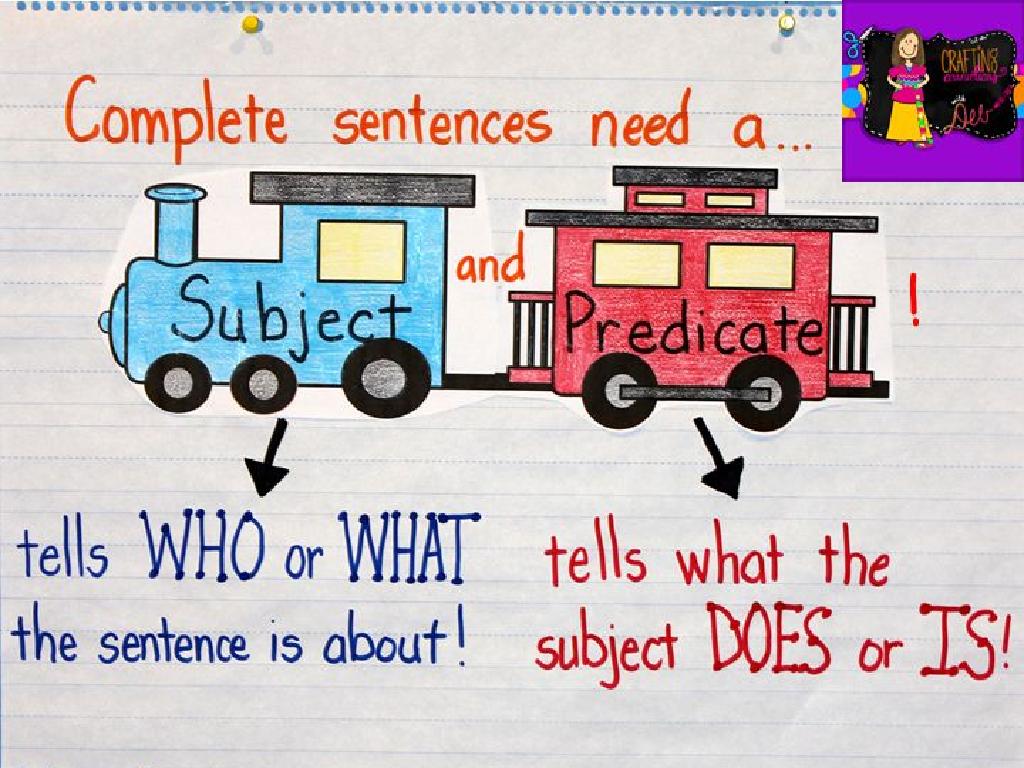Volume Of Compound Figures
Subject: Math
Grade: Fifth grade
Topic: Volume
Please LOG IN to download the presentation. Access is available to registered users only.
View More Content
Exploring Volume: Introduction
– What is Volume?
Volume measures how much space an object takes up.
– Importance of Volume
Knowing volume helps in packing, building, and cooking.
– Volume in the Real World
Think of filling a swimming pool or a cereal box.
– Measuring Volume
|
Begin the lesson by explaining that volume is a measure of the amount of space an object occupies, which is crucial for students to understand three-dimensional space. Discuss why volume is important in everyday life, such as in packing items into boxes, constructing buildings to ensure they have enough space, or cooking to measure ingredients. Provide real-world examples that are relatable to the students, like the volume of water a swimming pool can hold or how much cereal fits in a box. This will help them grasp the concept of volume more concretely. Introduce the units of measurement for volume, such as cubic centimeters (cm³) or cubic inches (in³), and explain that we will learn how to calculate the volume of different shapes in upcoming lessons.
Volume of Simple Shapes
– Recap volume of a cube
– Volume formula for a cube: V = side^3
– Recap volume of a prism
– Volume formula for a prism: V = length x width x height
– Cube volume practice: side 4 cm
– Calculate volume: 4 cm x 4 cm x 4 cm
– Prism volume practice: 3cm x 4cm x 5cm
– Calculate volume: 3 cm x 4 cm x 5 cm
|
Begin with a quick review of the formulas for calculating the volume of cubes and rectangular prisms. Emphasize the importance of understanding these basic shapes as building blocks for finding the volume of more complex figures. Provide two practice problems for the students to apply the formulas. For the cube with a side of 4 cm, the volume is 64 cubic centimeters. For the rectangular prism with dimensions of 3 cm by 4 cm by 5 cm, the volume is 60 cubic centimeters. Encourage students to visualize the shapes and understand how the dimensions relate to the volume. These exercises will prepare them for calculating the volume of compound figures.
Exploring Compound Figures
– Define compound figures
– Shapes made by combining two or more simple shapes
– Real-life examples
– Swimming pools, buildings, and furniture
– Break down into simple shapes
– Divide them into rectangles, triangles, etc.
– Calculate volume step-by-step
– Add volumes of simple shapes for total
|
This slide introduces students to the concept of compound figures, which are shapes that consist of two or more simple shapes combined. Use everyday objects like swimming pools and furniture to illustrate compound figures in a way that is relatable to the students. Teach them how to break down these figures into simpler shapes such as rectangles, triangles, and cylinders, which they are already familiar with. Then, guide them through the process of calculating the volume of each simple shape and adding them together to find the total volume of the compound figure. This methodical approach helps students tackle complex problems by breaking them down into manageable parts.
Calculating Volume of Compound Figures
– Identify the simple shapes
– Break down figures into cubes, cylinders, etc.
– Calculate volume of each shape
– Use formulas: V=lwh for rectangles, V=Àr²h for cylinders
– Add or subtract volumes
– Add volumes for combined spaces, subtract for empty spaces
– Find the total volume
|
This slide introduces the steps to calculate the volume of compound figures, which are shapes made up of two or more simple shapes. Start by guiding students to recognize and label each simple shape within the compound figure. Then, teach them the formulas for calculating the volume of these simple shapes, such as length x width x height for rectangular prisms and pi x radius squared x height for cylinders. Emphasize the importance of unit consistency and accuracy in calculations. Finally, explain how to combine these volumes by addition or subtraction to find the total volume of the compound figure. Provide examples of each step and encourage students to practice with a variety of compound figures.
Volume of a Compound Figure
– Example problem introduction
– A compound figure is a 3D shape made of two or more simple shapes.
– Step-by-step volume solution
– Break down the figure into simpler shapes, calculate each volume, then add them up.
– Discuss each solution step
– Go through the solution process, clarifying each step.
– Class discussion and questions
|
Introduce an example problem of a compound figure to the class, ensuring it consists of familiar simple shapes like cubes, cuboids, or cylinders. Walk through the solution step-by-step, breaking the figure into recognizable shapes, calculating the volume of each, and then combining these volumes for the total. Engage with the class by discussing each step, asking questions to ensure understanding, and encouraging students to explain parts of the process. This interactive approach helps solidify the concept of volume and how it applies to more complex shapes. Prepare to answer questions and provide additional examples if needed for clarity.
Practice Time: Volume of Compound Figures
– Calculate compound figure volume
– Break down figures into simple shapes and find each volume
– Work in pairs to share strategies
– Exchange ideas on how to approach problems
– Discuss solutions with the class
– Share your findings and understand different methods
– Review answers together
|
This slide is designed for a collaborative and interactive class activity focused on calculating the volume of compound figures. Students should first attempt to solve the problems individually by decomposing the compound figures into simpler shapes, such as cubes and rectangular prisms, and then calculating the volume of each shape before adding them together. Afterward, they should work in pairs to discuss their strategies and solutions, fostering peer learning and problem-solving skills. Finally, bring the class together for a discussion to review the answers, ensuring that all students understand the concept and can learn from different approaches to the same problem. Provide guidance and clarification as needed, and encourage students to ask questions and engage in the discussion.
Class Activity: Building Compound Figures
– Create a compound figure using blocks
– Calculate your figure’s volume
– Add volumes of each block to find total
– Present your figure and calculations
– Reflect on the activity
– Think about the challenges and what you learned
|
This activity is designed to provide hands-on experience with calculating the volume of compound figures. Students will use building blocks to create a 3D shape, which represents a compound figure. They will then calculate the volume of each individual block and sum them up to find the total volume of their figure. Afterward, students will present their figure and explain their volume calculation process to the class. This will help them practice their presentation skills and reinforce their understanding of volume. As a teacher, prepare to provide guidance on calculating volume and ensure there are enough building blocks for all students. Possible activities include creating specific shapes, like a castle or a spaceship, to allow for creativity within a guided framework.
Wrapping Up: Volume of Compound Figures
– Today’s recap on volume
– Homework: Workbook problems
– Solve the assigned problems on compound figures to reinforce today’s lesson.
– Get ready for complex figures
– Next class, we’ll tackle more challenging shapes and their volumes.
– Keep practicing volume calculation
|
As we conclude today’s lesson on the volume of compound figures, remind students of the key concepts covered, such as how to break down complex shapes into simpler ones and calculate the total volume. For homework, assign specific problems from their workbook that will allow them to apply these concepts independently. Encourage them to try solving the problems without assistance first, to assess their understanding. Prepare them for the next class by hinting at the types of complex figures they will be learning about, and encourage them to review today’s material to be ready for the upcoming challenge. The goal is to build their confidence in handling volume calculations for a variety of shapes.

